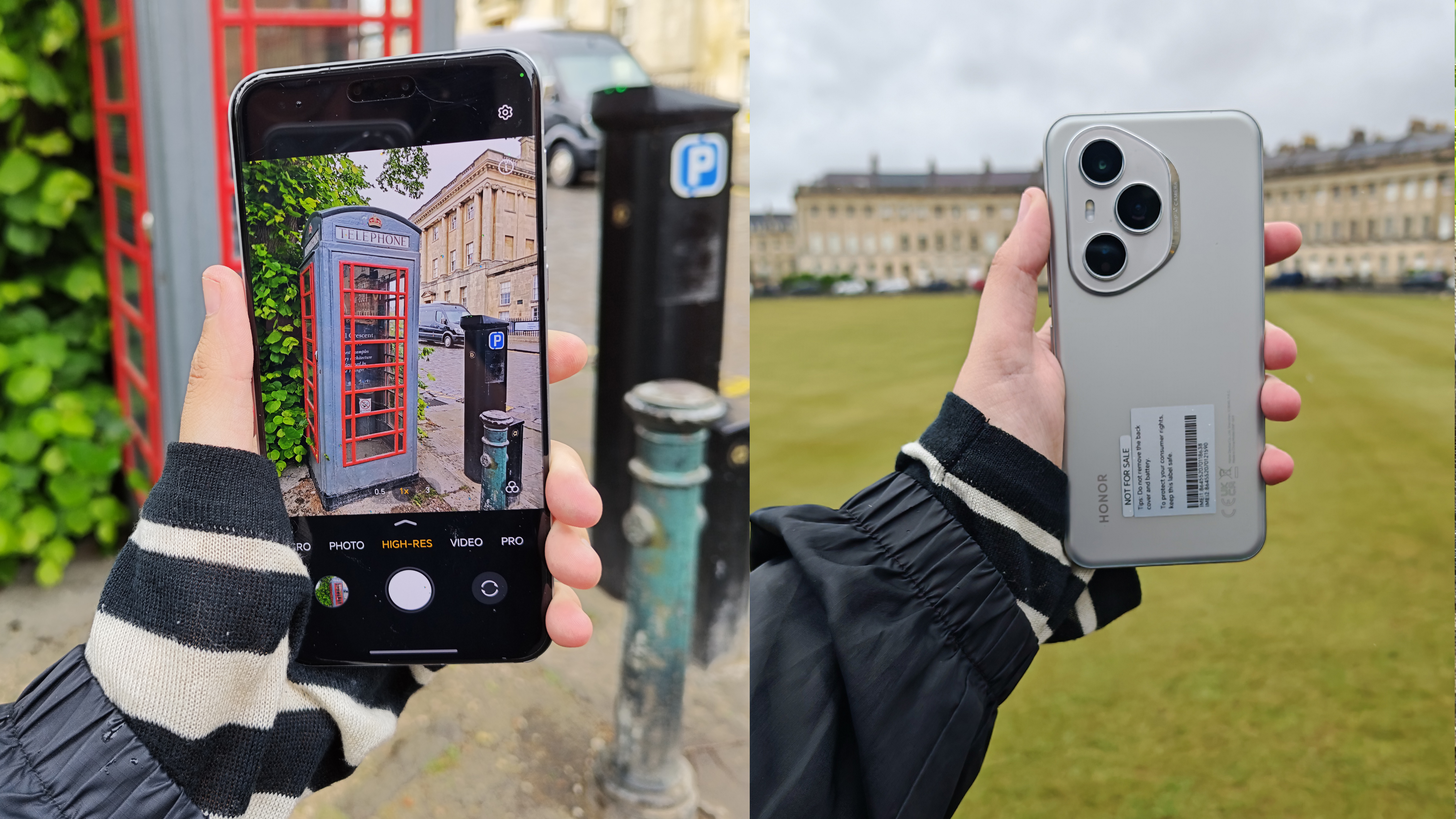Create android apps that rock: 10 quick tips
So you want to create Android apps that rock? You're not the only one. Here, leading app developers reveal the secrets to their success. Hopefully these 10 tips will help you get started, and create Android apps in the best possible way.
Many designers are keen to explore the opportunities in the ever-growing Google Android Apps market. If you want to make it in this tough market, it's probably best to gain some insight from some leading android designers and developers before you begin.
01. Create apps that exploit the hardware...
To create Android apps that feel intuitive, make the most of the handset buttons to avoid cluttering space on the screen: "Program those buttons to perform familiar actions that users expect, and avoid offering the same functionality anywhere else on the screen," advises Juan Carlos Viota at Inizziativa. "The most commonly made mistake is the 'back' link: there's a physical back button on every Android device."
02 ...but don't take it for granted
Be careful when designing your android app's functionality around an assumed set of hardware. "A good example of this is the trackball, something that was present in virtually all first-generation Android devices," reflects Morn Pistorius. "Nowadays these are very much optional, and developers who've designed around this input method have had to rethink their apps."
03. Start big and work down
While it can be impractical to cater to every conceivable screen resolution, to create Android apps with the most scale it pays to target as many as possible to ensure multi-device compatibility."There tend to be three main screen sizes and resolutions on the Android platform," reveals Alan Horne. "I design for the largest first, and once the client is happy, scale it down."
04. Keep things simple
As with all interfaces for handheld devices, an Android app design should be intuitive: "The user should be able to flow round the app with minimum fuss, as well as it being an enjoyable experience," insists Horne. "Make it as simple as possible, without looking like it was designed for a five-year-old."
05. Don't be a pixel slave
Given that screen sizes on Android devices range from QVGA (240x320px) all the way to WXGA (1280x800px), it can save a lot of time to create Android apps that use Density Independent Pixels (DIPs): "For a designer who's used to working in pixels, rather than vectors, it can take some time to re-think your approach," admits David Mannl.
06. Create apps with scalable elements
To create Android apps with less stress involved, NinePatch graphics can help smooth the process of designing across multiple devices: "These are scalable UI elements that developers can use to create custom rounded corners, background tiles, tabs and buttons," explains Mannl. "This proves hugely powerful in overcoming some of the challenges of scalable UI design for Android."
07. Fingers need space
If you're designing for a touchscreen environment, don't be tempted to introduce too many panels and controls that clutter the screen and need a fingertip the size of a pin to select. "The size and shape of your buttons and links, as well as their distribution on the screen, should be appropriate," asserts Viota.
08. Don't get carried away
While it may be tempting to create Android apps that pack in innovative functionality, be cautious:"Only add new features if the existing ones are polished, and then only if it'll benefit most users," advises Pistorius. "If a feature is too resource intensive for older phones, try to offer a cheaper alternative."
09. Make users feel comfortable
Users tend to repeat familiar navigation patterns that they're used to from other apps, and the Android OS itself. If you want them to understand your app from the moment they install it, it's safer to stick to that pattern:"Don't add superfluous interaction, or make people study a textbook before being using it," says Odin Church.
10. Challenge norms when you create Android apps
Of course, it can sometimes pay to challenge convention: just make sure the new way of doing things improves on the old."Good examples of innovative changes are Swype keyboards, flip-to-snooze alarms, or something as simple as changing an unlock slider from a horizontal drag to an easier-to-use radial drag button," lists Pistorius.
This feature was originally published in Computer Arts issue 192. Got any more tips for those looking to create Android apps? Let us know in the comments box below!

Thank you for reading 5 articles this month* Join now for unlimited access
Enjoy your first month for just £1 / $1 / €1
*Read 5 free articles per month without a subscription

Join now for unlimited access
Try first month for just £1 / $1 / €1
Get the Creative Bloq Newsletter
Daily design news, reviews, how-tos and more, as picked by the editors.

The Creative Bloq team is made up of a group of art and design enthusiasts, and has changed and evolved since Creative Bloq began back in 2012. The current website team consists of eight full-time members of staff: Editor Georgia Coggan, Deputy Editor Rosie Hilder, Ecommerce Editor Beren Neale, Senior News Editor Daniel Piper, Editor, Digital Art and 3D Ian Dean, Tech Reviews Editor Erlingur Einarsson, Ecommerce Writer Beth Nicholls and Staff Writer Natalie Fear, as well as a roster of freelancers from around the world. The ImagineFX magazine team also pitch in, ensuring that content from leading digital art publication ImagineFX is represented on Creative Bloq.
